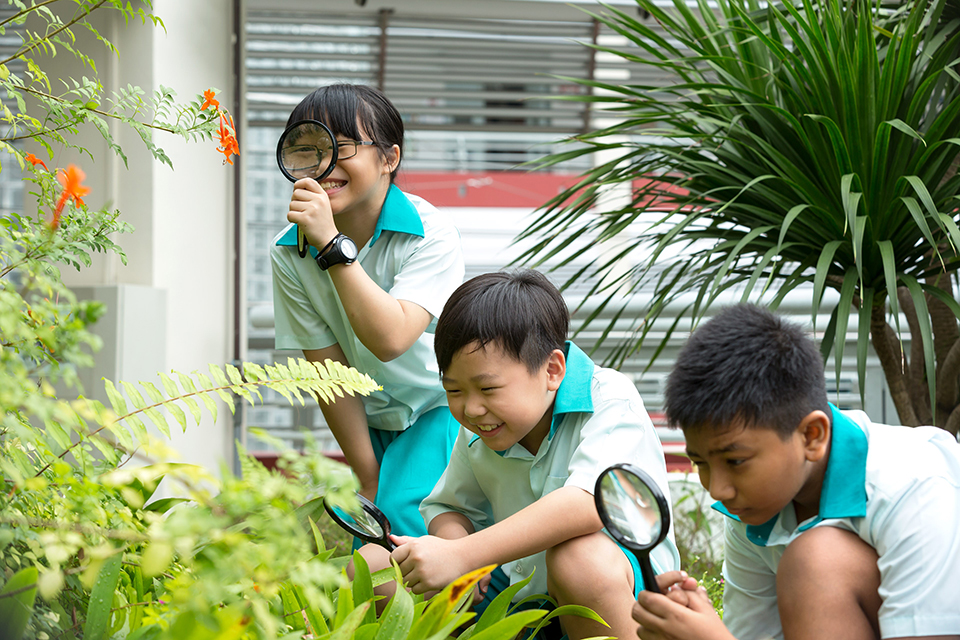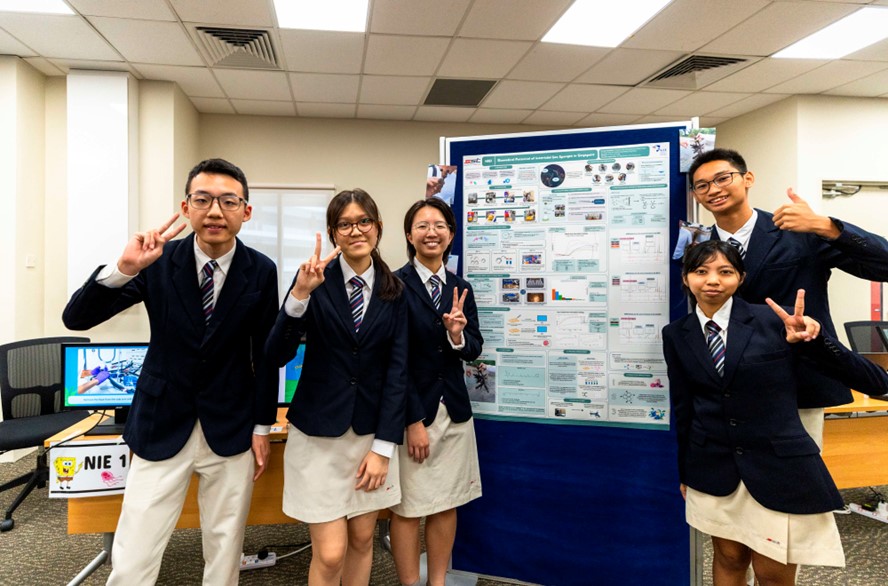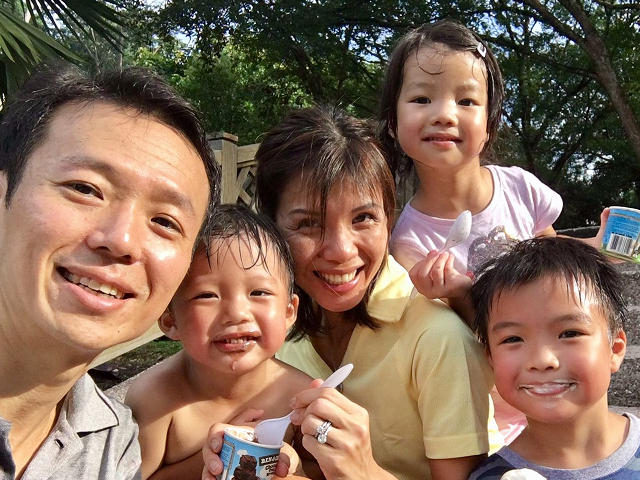How did you react to the last question your child asked? Did you ignore it, or answer the question? And how did you frame your answer? Did you perhaps encourage them to search for the answers themselves?
If, like me, you believe in raising curious children, you might have realised that children learn best from asking questions and seeking out answers themselves.

As a father of two primary school-going children, my wife and I have adopted a few parenting principles. This means sticking by them, including embracing our children’s barrage of questions, or having to frequently disassemble (and reassemble) household items, such as gaming controllers (old ones preferably) and computer mice – all to inculcate a sense of curiosity.
1. There are no silly questions
.jpg)
As adults, we tend to forget what it is like to experience the world as a child – where everything seems so peculiar, and where everything just seems to work like ”magic”. Asking questions is therefore a natural way through which children express their curiosity – their desire to learn how things work, and why things work a certain way.
It may be tempting to give responses to the tune of ‘it’s just the way it is’, or to give them a cursory answer – but don’t miss these perfect opportunities to encourage the natural, hard-wired curiosity in our children. Don’t be afraid to take the time to explain simple, everyday concepts to them and perhaps gather the family to research whether perpetual energy machines actually work! These are opportunities to discover concepts such as the law of conservation of energy – how energy can neither be created nor destroyed – only converted from one form to another.
We recently got a DIY solar kit. To adults, it probably looks like child’s play: a small solar panel, a light bulb, some wires. But to a child, this becomes a research project. My children asked questions such as, how do solar panels work? We started to Google for answers, and discovered concepts from solar energy and solar cells, to conversion of energy and how electricity works. Moreover, it was an educational example of how to use the internet to search for answers.
2. Ditch the screen and get hands-on
.jpg)
Encouraging experimentation, embracing failure and learning through play form the core of my parenting style. These are best experienced through hands-on activities!
From as far back as I can remember, my wife and I have encouraged open exploration and curiosity through the types of toys and activities we expose them to – anything from build-your-own solar light kits to a microscope, and even Ikea tables and chairs! Sometimes they succeed in their ‘task’, and sometimes they don’t – and this is completely fine!
For instance, we recently had to adjust the height of a kids’ Ikea study table as they had outgrown the initial set height. Again, to an adult, it was a relatively simple process:
1. Overturn the table to access the table legs
2. Unscrew the bolts holding the adjustable portion of the legs
3. Slide the legs to the desired height.
But for the kids, it became a great opportunity to learn about hand tools – what they are and how to use them safely. We taught them about being careful with sharp edges, and watching where they place their tools, and how to position their hand when using screwdrivers to prevent accidents.
It is also important to resist the urge to step in and show them “how it’s done”. To encourage their curiosity, allowing them to discover the many reasons why something doesn’t work in a certain way is just as important as learning what works. Failure, we believe, is a great starting point – and helps ensure that the curiosity and the yearn to persevere and do better remains.
.jpg)
3. Reinvent story time with real-life stories
Telling inspirational stories about well-known engineers and scientists can be a wonderful way of inspiring curiosity in our children.
As a Dyson engineer, I find myself sharing with my children the journey that the founder of my company – Sir James Dyson – went through. He is famously known for inventing the world’s first bag-less vacuum cleaner. But in order to get there, he had to work through a whopping 5,127 prototypes over five years. That’s 5,126 failures he had to experience before he succeeded!
Questions about failure, and why it took so many tries are wonderful ways for us to share about the process of problem-solving, and coming up with solutions to everyday problems.
Ultimately, giving our children space for their curiosity to flourish is great for their development and well-being. Encouraging questions, getting them hands-on with learning, and sharing stories about real-life and well-known inventors, scientists and explorers are some of many other ways to encourage that curiosity.
How do you encourage the curiosity in your children?



0ad579a7a8a66eb2afccc900c73e6f2e.jpg)


